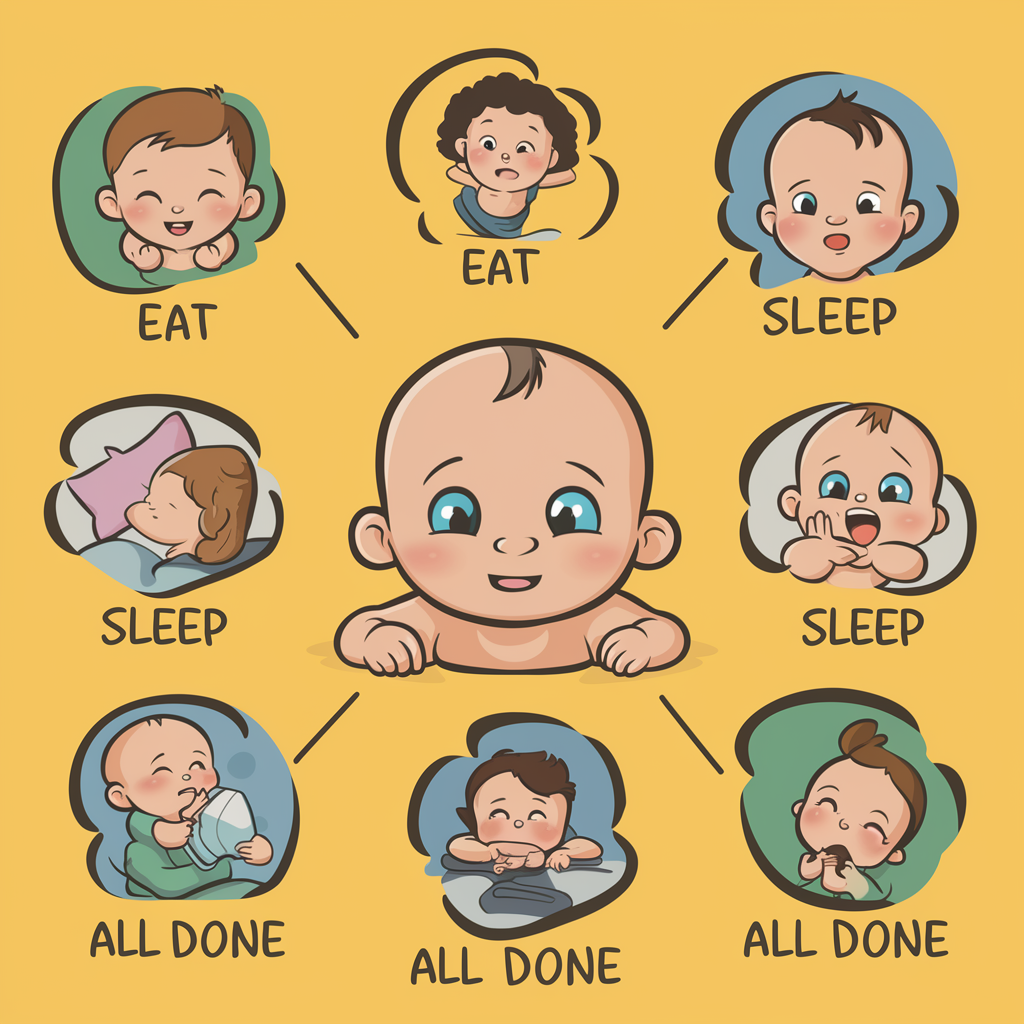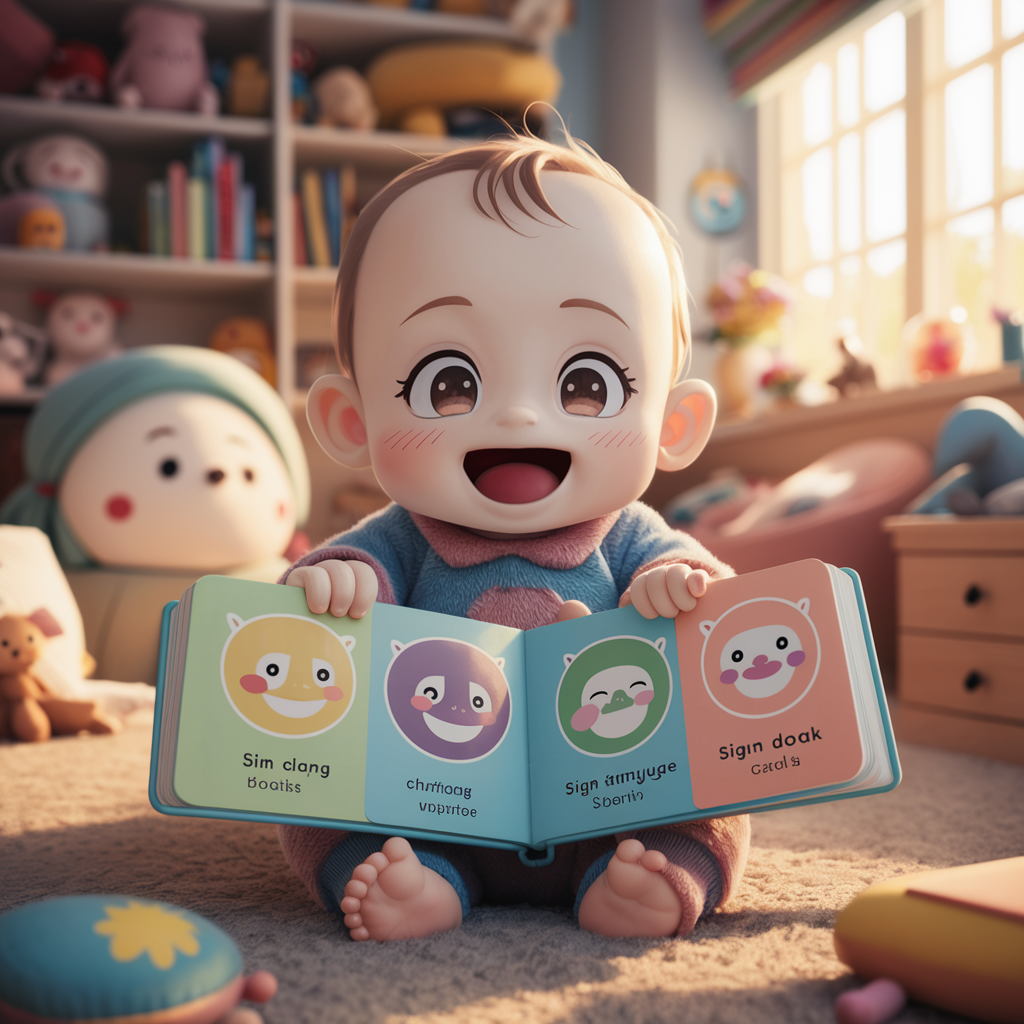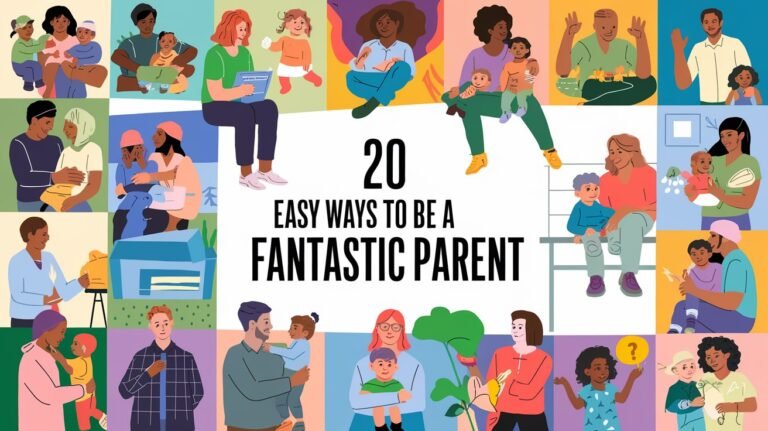Introduction to Baby Sign Language
Unlock early communication with your baby using sign language. This introduction to baby sign language covers the basics, benefits, and simple steps to help you and your baby start signing together.
Learning to communicate is one of the biggest and most exciting milestones for babies. But it can also be an incredibly frustrating time when little ones struggle to express their basic needs and wants. This leads to fussy meltdowns that leave both babies and parents feeling upset and stressed. Thankfully, there’s an amazing tool that can help bridge that communication gap and give babies a way to “speak” long before words emerge: baby sign language. Teaching and using simple hand gestures allows babies as young as 6 months old to let you know if they want “more,” are “all done,” or just need a hug. It fosters important early language development and provides a wonderful bonding experience.
What is Baby Sign Language?

Baby sign language is a form of communication that allows babies to express their needs, wants, and thoughts before they can verbalize them through speech. It involves using simple hand gestures and signs to represent common words and concepts, such as “milk,” “eat,” “more,” and “sleep.” This method of communication can help bridge the gap between a baby’s ability to understand language and their ability to speak, reducing frustration and fostering a deeper connection between parents and their little ones.
The Benefits of Teaching Baby Sign Language

Baby sign language offers numerous benefits for both babies and their parents. Here are some of the key advantages:
1. Improved Communication:
With baby sign language, babies can communicate their needs and desires more effectively, reducing frustration and tantrums.
2. Enhanced Language Development:
Research has shown that using baby sign language can boost a child’s language development and vocabulary skills.
3. Stronger Parent-Child Bond:
Baby sign language encourages more engagement and interaction between parents and their babies, strengthening their bond.
4. Early Communication Skills:
Learning baby sign language can help babies develop communication skills at an earlier age, setting the foundation for future language acquisition.
5. Cognitive Benefits:
Baby sign language has been linked to improved cognitive development, problem-solving skills, and increased confidence in babies.
Getting Started with Baby Sign Language
If you’re interested in teaching your baby sign language, the best time to start is around 6 to 8 months of age. However, some experts recommend introducing signs as early as 4 months old, as babies begin to develop their fine motor skills and hand-eye coordination.
Choosing the Right Signs

When introducing baby sign language, it’s essential to start with signs that are relevant to your baby’s daily life and routines. Here are some common signs to begin with:
1. Milk:
This sign can be used to indicate when your baby is hungry or wants their bottle or breastfeed.
2. More:
This sign can be used when your baby wants more of something, whether it’s food, a toy, or an activity.
3. All Done:
This sign can help your baby communicate when they are finished with a task or activity.
4. Sleep:
This sign can indicate when your baby is tired and ready for a nap or bedtime.
5. Eat:
This sign can be used to express hunger or a desire to eat.
Consistency and Repetition
To effectively teach your baby sign language, consistency and repetition are key. Make sure to use the signs consistently in relevant situations and encourage your baby to practice them regularly. Incorporating signs into your daily routines, such as mealtimes, playtime, and bedtime, can help reinforce the learning process.
Making It Fun and Engaging
Learning baby sign language should be an enjoyable experience for both you and your baby. Make it fun by incorporating signs into songs, stories, and games. Use exaggerated facial expressions and hand movements to capture your baby’s attention, and praise and encourage them when they attempt to sign back.
Expanding the Vocabulary
As your baby becomes more proficient with the initial set of signs, you can gradually introduce new ones to expand their sign language vocabulary. Consider signs for common objects, animals, colors, and emotions, as well as signs that reflect your family’s interests and activities.
Combining Signs with Speech
While baby sign language is a valuable tool for early communication, it’s essential to continue speaking to your baby as well. By combining signs with spoken words, you can help reinforce the connection between the sign and its meaning, promoting better language development.
Patience and Persistence

Teaching your baby sign language requires patience and persistence. Every baby learns at their own pace, and some may take longer than others to grasp the concept of signing. Remain consistent and keep the experience positive, and your baby will eventually pick up on the signs and begin communicating more effectively.
Introducing Signs in Different Settings
To further reinforce baby sign language learning, it’s beneficial to introduce signs in various settings and environments. Engage family members, caregivers, and even older siblings in using the signs, creating a consistent and supportive learning environment for your baby.
Transitioning to Spoken Language
As your baby’s verbal skills develop, they may naturally transition from using sign language to spoken words. This is a natural progression, and it’s essential to continue encouraging and supporting their verbal communication efforts, while also acknowledging and reinforcing their use of signs.
Baby Sign Language Classes and Resources

If you feel you need additional guidance or support in teaching your baby sign language, consider enrolling in a local baby sign language class or accessing online resources. These classes and materials can provide structured lessons, expert advice, and opportunities for your baby to interact with other signing babies.
Incorporating Sign Language into Daily Life
The true power of baby sign language lies in its seamless integration into your family’s daily life. By consistently using signs, you can create a rich and engaging communication environment for your baby, fostering their language development and strengthening your bond.
Conclusion
Baby sign language is a powerful tool that can unlock a world of communication and connection between parents and their little ones. By introducing signs early and consistently, you can help your baby express their needs and thoughts more effectively, reducing frustration and promoting a deeper understanding. With patience, persistence, and a fun and engaging approach, you can embark on an exciting journey of early communication with your baby, laying the foundation for future language development and a stronger parent-child bond.
Read our most Popular article –








3 Comments